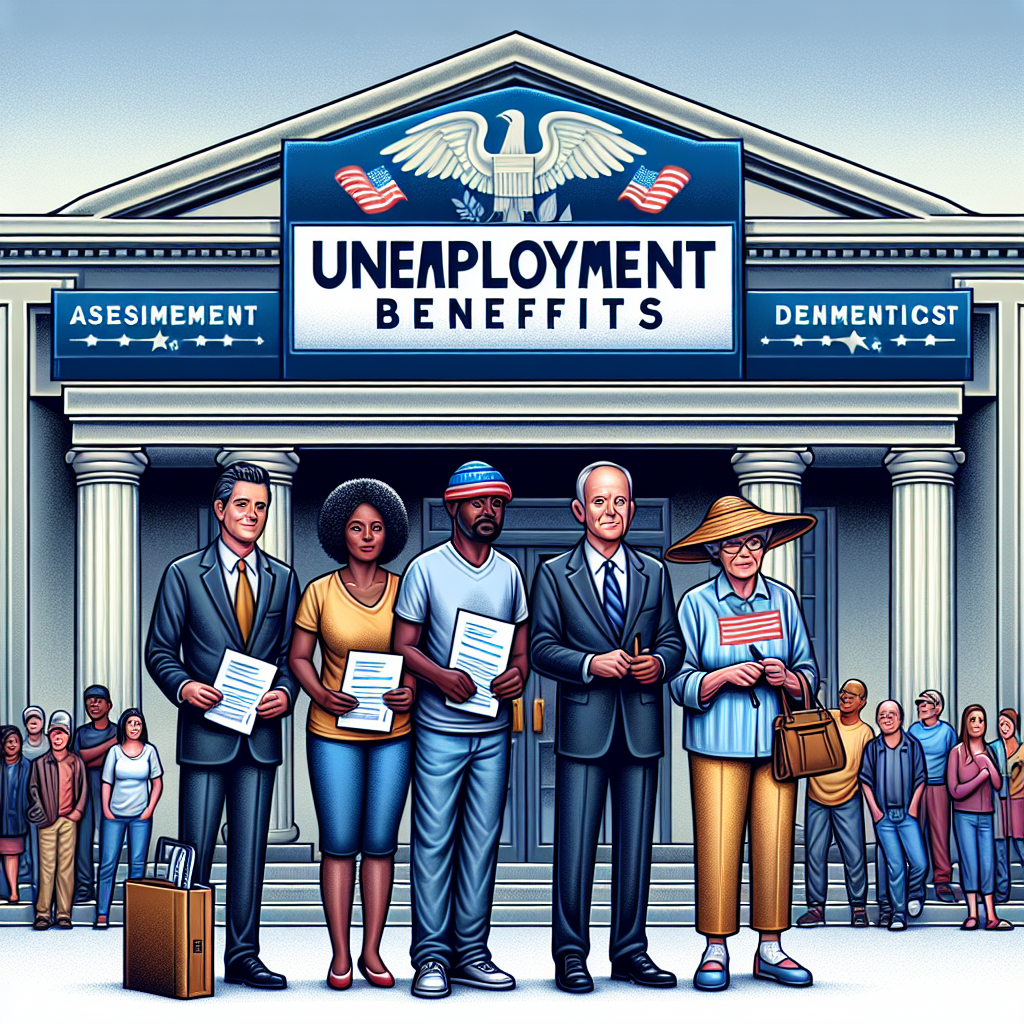Economic Shifts and Labor Market Trends: A Deep Dive into Unemployment and Trade Dynamics
The U.S. labor market shows signs of easing as unemployment claim applications rise slightly, highlighting sluggish hiring and extended benefit collection periods. Despite some volatility influenced by seasonal factors and hurricanes, job growth remains consistent. The Federal Reserve considers cutting interest rates amid inflated jobless rates, while U.S.-China trade tensions impact imports and exports.

The number of Americans seeking unemployment benefits rose slightly last week, indicating a gradual easing in labor market conditions approaching the year's end. While there has been lackluster hiring, those who lose their jobs are taking longer to find new employment, potentially keeping the jobless figures above 4.0%.
Despite this, the overall claims remain low compared to historical standards, though still sufficient to drive an upward trend in unemployment, according to Samuel Tombs, the chief U.S. economist at Pantheon Macroeconomics. The modest hiring climate supports the Federal Reserve's potential interest rate cuts this month.
Economists forecast continuing periods of volatility in employment claims, particularly due to seasonal events and environmental disruptions. In trade news, the U.S. trade deficit contracted as imports dropped sharply, influenced by President-elect Trump's tariff propositions, which some companies are preemptively responding to by adjusting their import strategies.
(With inputs from agencies.)
ALSO READ
China's Trade Commitment: Balancing Rare-Earth Exports with Global Stability
Port Attacks Threaten Ukraine's Key Food Exports
U.S. Blocks Chinese Drone Imports Over Security Concerns
India Grants Duty Concessions for Kiwi and Apple Imports from New Zealand
India's Exports to US Rebound Amidst Supply-Chain Adjustments










